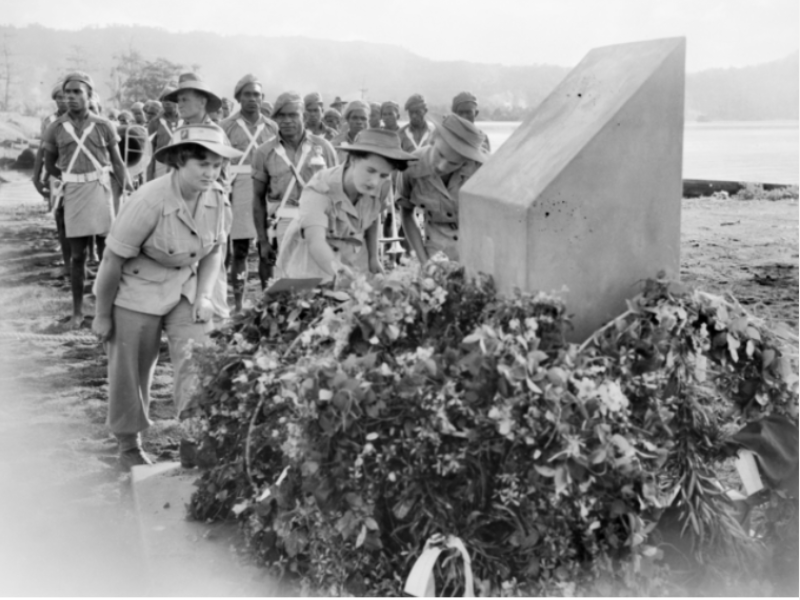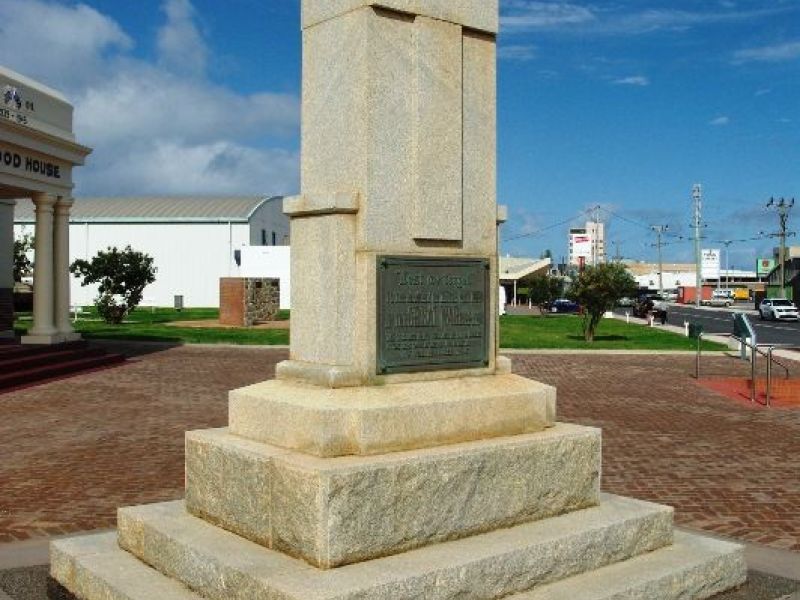Lance Corporal Andrew Craig Baird, 2/22nd Battalion, AIF
Andrew Baird was born in Geraldton, Western Australia on 15 April 1912, to James and Lilian Edith Baird.
He was working as a machining expert and enlisted on 10 June 1940 with the Royal Australian Engineers.
However, he was posted to the 2nd/22nd Battalion and in March 1941, embarked for Rabaul in New Guinea as an acting corporal. In April, he was appointed lance corporal.
Baird’s unit formed the core of Lark Force, combining a local unit of the New Guinea Volunteer Rifles, a coastal defence battery, an anti-aircraft battery, and part of the 2/10th Field Ambulance and 17th Anti-tank Battery. Lark Force was later also supported by No. 24 Squadron, RAAF.
Lark Force’s role was to protect the airfields at Lakunai and Vunakanau, and the seaplane base at Rabaul, and to give early warning of Japanese movements through the islands to Australia's north. Like the other “bird” forces, Lark Force was small, ill-equipped and underprepared.
Japanese air attacks on Rabaul began on 4 January 1942, destroying the bulk of the defending aircraft in days. Further attacks targeted shipping in the harbour and shore installations.
By 22 January, 24 Squadron was virtually destroyed. Lark Force destroyed the airstrips and withdrew to the western shores of Blanche Bay for the inevitable Japanese landings.
The invasion began on 23 January; within hours, communication failures and the huge enemy force had overwhelmed the Australian defence. The Lark Force commander ordered a withdrawal with “every man for himself”.
Scattered men sought escape along the coasts via small boats and larger vessels operating from New Guinea. Around 400 members of Lark Force managed to return to Australia, 300 from the 2/22nd Battalion.
A grisly fate awaited those captured. On 4 February, 160 men were massacred at the Tol Plantation shortly after they had surrendered.
Baird avoided this fate and became a prisoner of war (POW), initially held at Rabaul. On 22 June, he was one of 850 military prisoners and 200 civilian internees ordered aboard the Montevideo Maru. They sailed unescorted for Hainan Island.
Eight days into the voyage, the Montevideo Maru, unmarked as a POW ship, was spotted and torpedoed by American submarine USS Sturgeon.
Surviving Japanese crew reported two torpedoes striking the vessel, followed by an explosion in the oil tank in the aft hold.
The vessel sank in 11 minutes. Barely 20 Japanese crew survived; over 1,000 passengers died. According to a surviving Japanese crewman, Australians in the water sang “Auld Lang Syne” to their trapped mates as the ship sank beneath the waves.
The sinking is considered the worst maritime disaster in Australia's history.
Unaware of the ship’s loss, the families of those on the Montevideo Maru continued to send letters in the belief that their loved ones were being held as prisoners of war. It was not until after the war that they discovered their fate.
Duncan Beard, Editor, Military History Section
Image: Memorial service to mark the 4th anniversary of the sinking of Montevideo Maru, Rabaul, 1946

 Australian War Memorial
Australian War Memorial